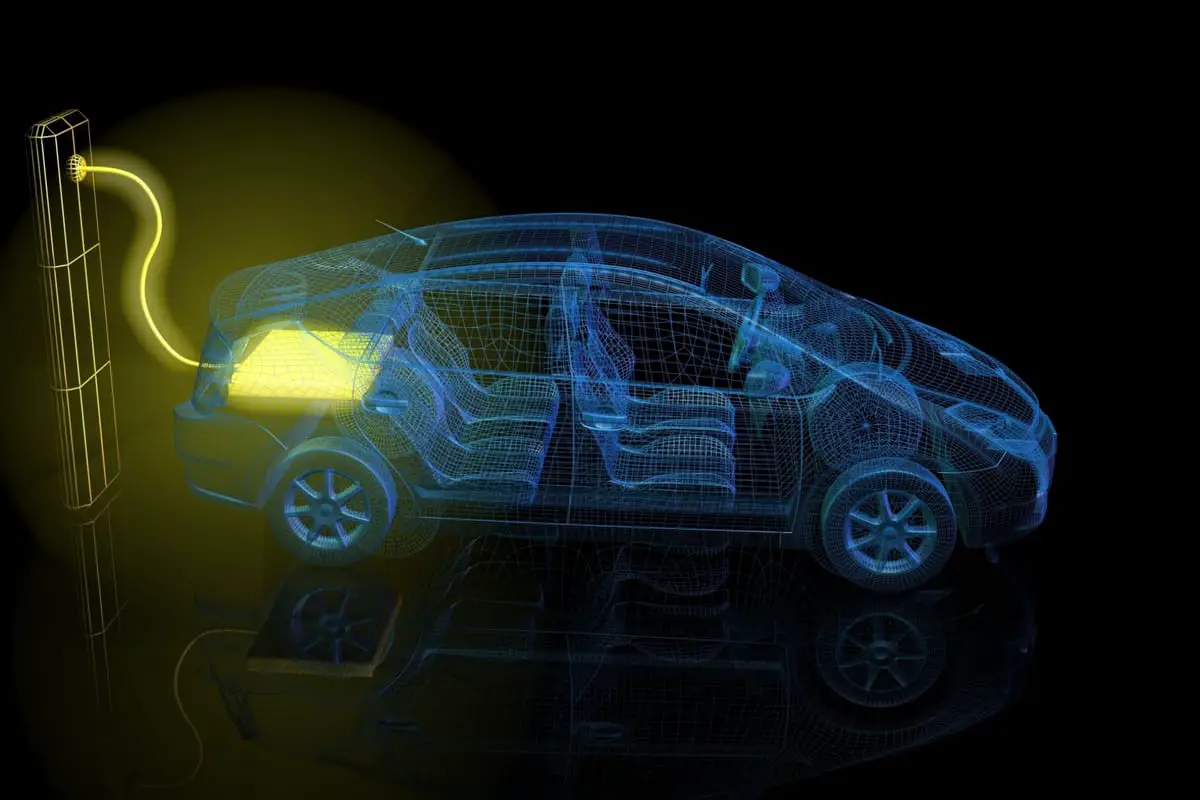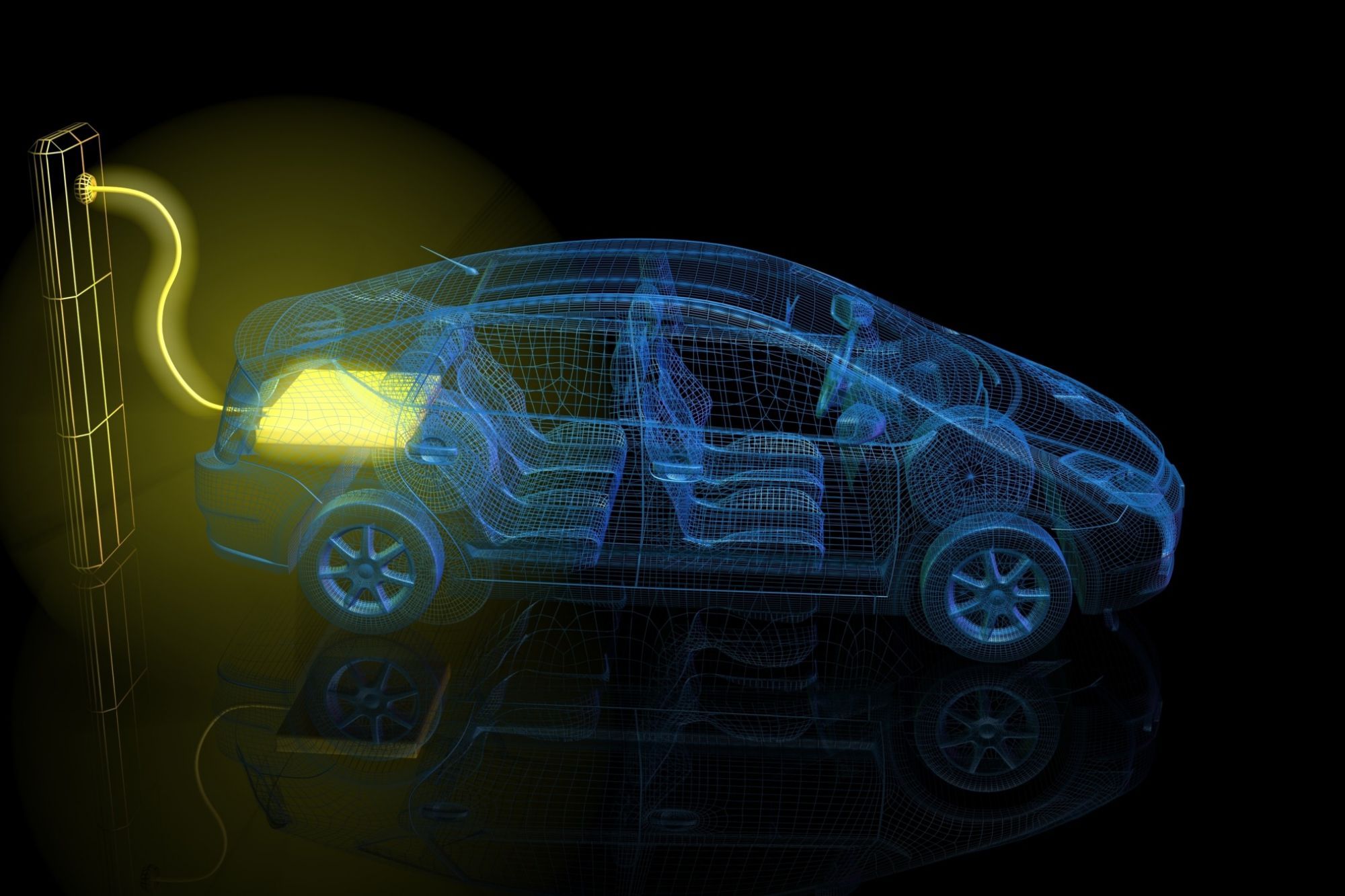Electric Vehicle Technology Overview.
Since the inception of electric vehicles there has been rapid advancements. In the market there various options of hybrid and electric vehicles. electric vehicles does not have internal combustion engine and is powered only by the battery and electric motor.


Since the inception of electric vehicles there has been rapid advancements. In the market there various options of hybrid and electric vehicles. electric vehicles does not have internal combustion engine and is powered only by the battery and electric motor. BEVs don't use gasoline and are only charged by EVSE. A BEV has the largest battery of all the vehicle types. It's also the most energy efficient and produces zero tailpipe emissions.
Here are some technology innovations that are available now or in the near future:
i) Smart Electric Vehicles charging
Smart EV charging delivers reliable, safe, renewable, and cost-effective energy to EVs while meeting the needs of drivers and local grids. It depends on sophisticated back-end software that captures data from EVs, networked chargers, and the grid. That data is used to optimize charging of EVs, integrate power from storage and renewable sources, and minimize impact on the grid. For buildings and fleets, site-level energy needs are also factored in. Advanced algorithms balance all these elements to dynamically distribute the lowest-cost energy when and where it’s needed without compromising either local energy needs or EV charging.
ii) Vehicle-to-X (V2X)
The idea of using the energy stored in EV batteries for other purposes started with vehicle-to-grid (V2G). V2G envisions using smart EV charging to control a two-way flow of energy between EVs and the grid. Instead of generating more power during peak times, utilities would purchase stored energy from EV owners and distribute it over the grid. During non-peak times, the EVs would draw energy for recharging. V2X extends the idea to include different use cases and destinations for power drawn from EVs, such as vehicle-to-home (V2H), vehicle-to-building (V2B), vehicle-to-farm (V2F) and vehicle-to-load (V2L).
iii) Battery technology
Several efforts have been put in place to continue find an alternative to lithium-ion batteries which have been on the verge of being scarce as a result of un availability of the material and the challenges of mining it. New chemistries such as sodium-ion offer promise of incremental improvement. Innovators looking for significant gains are exploring solid state batteries and new form factors such as blades. What the industry needs is that big breakthrough technology shift.
iv) Megawatt Charging System for Big Trucks
The available fast- charging solution is of 250kW and a 350 -500 kW DC fast chargers helps to recharge passenger vehicles and light-duty trucks or vans faster. Depending on the car, you can add 60 miles of driving with five minutes of charging or get to 80% charged in 20 – 30 minutes.
Medium- and heavy-duty trucks need a lot more power. Following four years of development, the global EV standards non-profit CharIN has launched a standards-based Megawatt Charging System fast-charging connector for heavy-duty vehicles. It’s designed for DC charging of up to 3,750kW, so trucks can add about 200 miles range in a half-hour charging session. That gets electric trucks close to the 500-mile range needed for a single run.
v) Smart Battery Management
EV batteries consist of thousands of cells, which are grouped into modules, which are connected so they act as one battery. When enough cells degrade to the point where the battery is no longer useful for powering electric vehicles, smart battery management technology can give those batteries a second life.
The technology that makes this possible combines software, sensors, and hardware to correct for non-functioning cells, optimize charging, and communicate with smart EV charging and energy management software. In this way, energy from renewables can be captured when conditions are good, stored, and integrated back into the local grid or the local EV charging infrastructure.
vi) Wireless charging
Wireless charging for vehicles works in a similar way to wireless phone chargers, using inductive charging technology. Electricity is transferred from one magnetic coil in the charger, which is hidden beneath the road surface, to a second magnetic coil or pad fitted to the underside of the car.
Charging electric cars, taxis and buses wirelessly has taken one step closer to reality, after a trial of wireless charging technology for taxis was announced in Nottingham in 2020.
One of the main benefits of wireless charging is that it allows multiple vehicles to recharge at once. It could also speed up charging and has potential as an on-street charging solution for people without driveways.
vii) Electrified roads
Electrified roads use overhead power lines to power larger electric vehicles, such as lorries, however these are not suitable for passenger cars. The World's first electrified road that recharges the batteries of cars and trucks while they drive along it has been operating in Sweden since 2018. The concept works by transferring electricity from two tracks of rail in the road via a movable arm attached to the bottom of a car or truck.
Source:
i) Driivz Team (2022) Six Technology Innovations in Electric Vehicle Charging
ii) Energy saving trust (2022) Five electric vehicle innovations to watch in 2022




